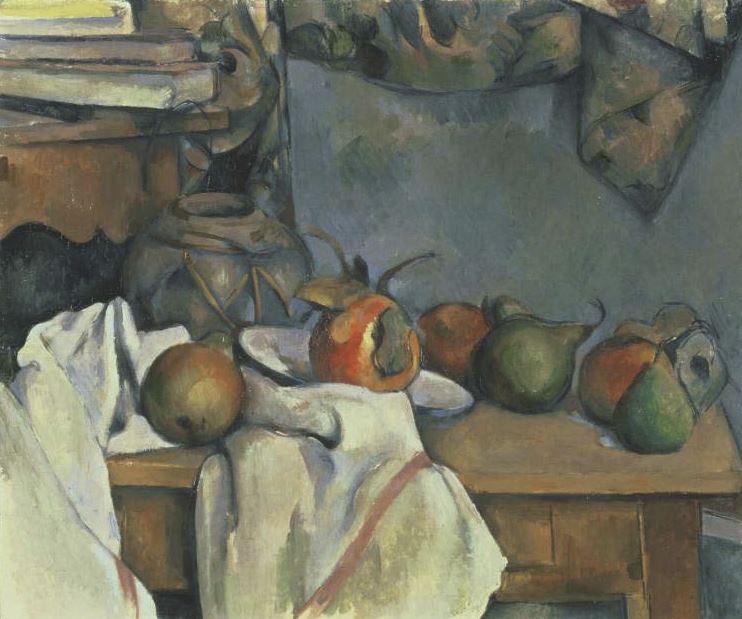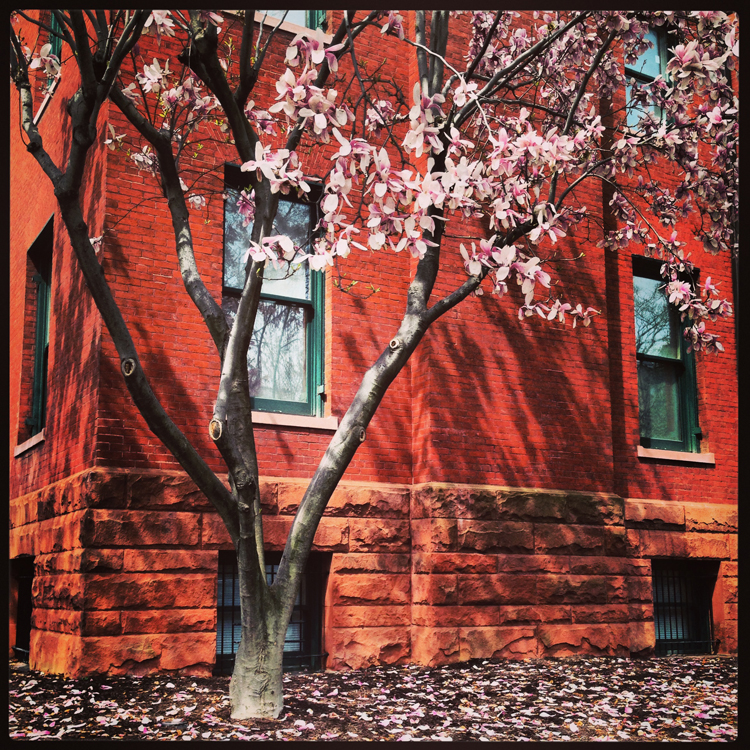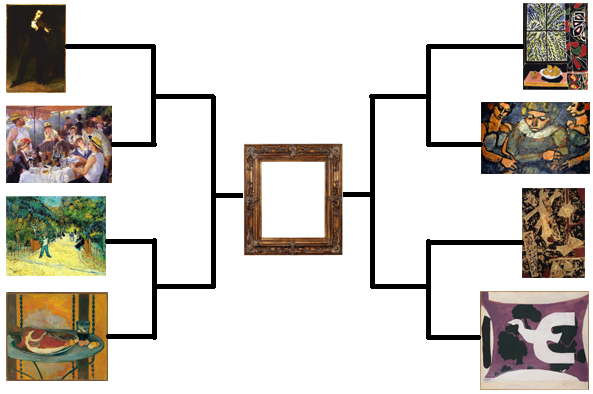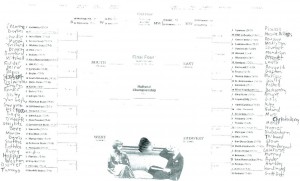Thirty-eight works from the Phillips’s collection are currently on view at the Princeton University Art Museum, in the exhibition The Artist Sees Differently: Modern Still Lifes from The Phillips Collection, on view through April 29. Frank Jewett Mather, Director of the Princeton Art Museum from 1922-1946, was close friends with Duncan Phillips. Here is an excerpt from the Princeton Art Museum’s spring magazine, by Associate Director for Collections and Exhibitions T. Barton Thurber, about the long relationship between the Princeton Art Museum and The Phillips Collection:

Paul Cézanne, Ginger Pot with Pomegranate and Pears, 1893, Oil on canvas 18 1/4 x 21 7/8 in. Gift of Gifford Phillips in memory of his father, James Laughlin Phillips, 1939
In 1928 the newly expanded Museum of Historic Art (as the Princeton University Art Museum was then known) planned its first major loan exhibition to include a number of 19th-century paintings from the Phillips Memorial Gallery. On May 9 of that year, the Museum’s director, Frank Mather, wrote in a letter to his friend Duncan Phillips that the temporary display was intended to “exemplify the plans and hopes for a future permanent show.” As Mather stated of the Museum in the Princeton Alumni Weekly, these were “the sort of pictures [that] should eventually comprise [the Museum’s] collection.” Chief among the paintings to be borrowed was a still life by Paul Cézanne, whose works both Mather and Phillips greatly admired. In his book Modern Painting (1927), Mather had written of Cézanne:
“In those rugged and ragged canvases lay in germ pretty nearly all the experimentations and aberrations that were to mark the next quarter century. . . .
. . . These arrangements of fruit and kitchen or tableware have the greatest succulence of texture and depth of color. They seem as they glow from within to gain size and monumentality—these apples and pots and pans. They excite and appease, adding, as it were, to our own visual capacity. . . . Look more carefully at these rough and fragmentary indications, and they will begin to build a world; the writhing contours, the blots and smudges, will combine in a ponderous rhythm. . . . Cézanne, then, is the key to modernist painting.”
Cézanne’s magnificent Ginger Pot with Pomegranate and Pears (1893) was acquired by Duncan and Marjorie Phillips in 1939 and is currently on view in The Artist Sees Differently. The painting was first exhibited in the United States in 1929, at the Museum of Modern Art’s inaugural exhibition, where Mather’s former student Alfred H. Barr Jr. (Princeton Class of 1922), the founding director of MoMA, observed, “Cézanne’s complexity depends not upon the arrangement of objects but rather upon the composition of color planes.”



